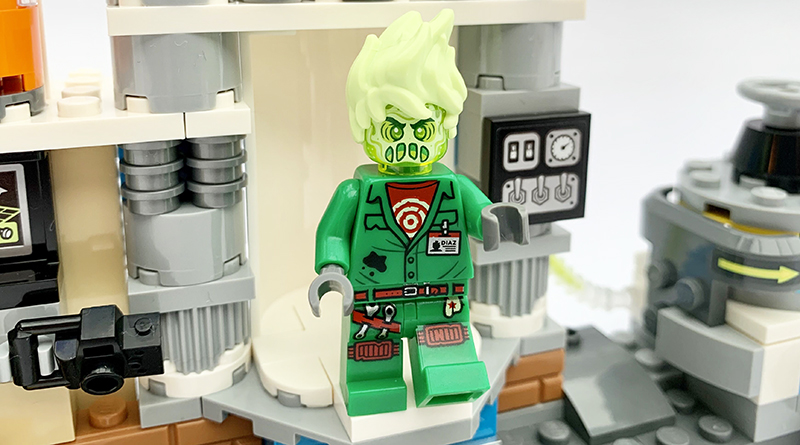

However,depending on the acid-base status, urinary pH may range from as low as 4.5 to ashigh as 8.0. The glomerular filtrate of blood plasma is usually acidified by renal tubulesand collecting ducts from a pH of 7.4 to about 6 in the final urine. The strip is dipped into the urine sample, and after the appropriate number of seconds, the color change is compared to a standard chart to determine the findings.

If the samplecontained many red blood cells, it would be cloudy as well as red.Įxamples of appearances of urine URINE DIPSTICK CHEMICAL ANALYSIS OverviewĪ dipstick is a paper strip with patches impregnated with chemicals that undergo a color change when certain constituents of the urine are present or in a certain concentration. Clearing of thespecimen after addition of a small amount of acid indicates that precipitationof salts is the probable cause of tubidity.Ī red or red-brown (abnormal) color could be from a food dye, eating freshbeets, a drug, or the presence of either hemoglobin or myoglobin. Turbidity or cloudiness may be caused by excessive cellular material orprotein in the urine or may develop from crystallization or precipitation ofsalts upon standing at room temperature or in the refrigerator. Normal urine volumeis 750 to 2000 ml/24hr.

Normal, freshurine is pale to dark yellow or amber in color and clear. The first part of a urinalysis is direct visual observation. Microscopic urinalysis requires only a relatively inexpensive lightmicroscope. However, a careless doctor,nurse, or assistant is entirely capable of misreading or misinterpreting theresults. The color change occurring on each segment of the stripis compared to a color chart to obtain results. This microchemistry system has been available for many years andallows qualitative and semi-quantitative analysis within one minute by simplebut careful observation. The most cost-effective device used to screen urine is a paper or plasticdipstick. Examples include diabetes mellitus, variousforms of glomerulonephritis, and chronic urinary tract infections. Urinalysis can reveal diseases that have gone unnoticed because they do notproduce striking signs or symptoms.


 0 kommentar(er)
0 kommentar(er)
